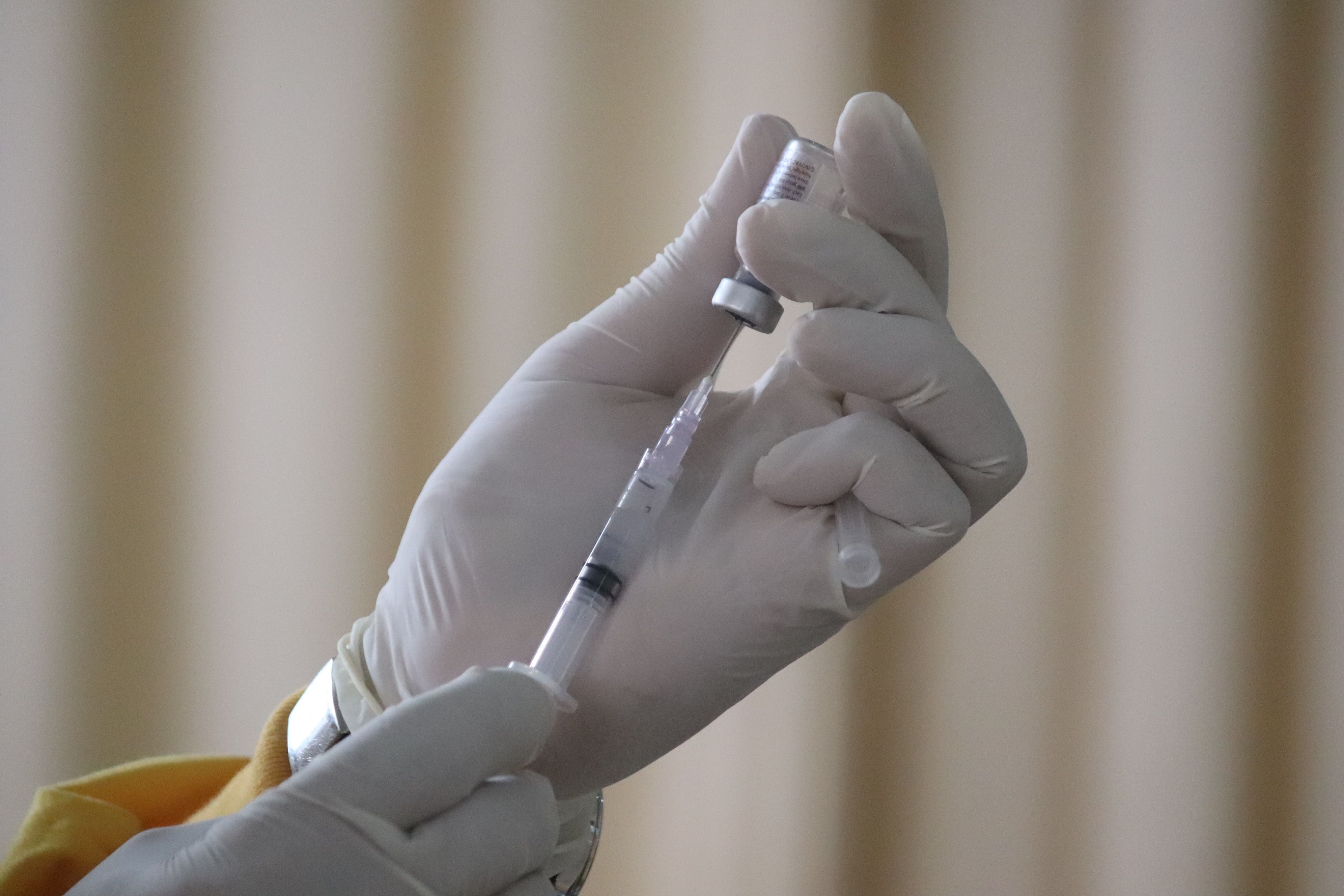Investigators Test Potential “Universal” Vaccine Against SARS-CoV-2 Variants
Preclinical testing suggests that a newly developed SARS-CoV-2 vaccine could protect against current and future variants.

An investigational vaccine against SARS-CoV-2 has shown potential in preclinical testing to act as a “universal” vaccine against current and future variants.
Investigators in Wuhan, China targeted components of the S protein associated with both infectivity and immune escape, and which they determined have been highly conserved in mutations since the virus emerged there in 2019.
“We performed a comprehensive study of 11,650,487 SARS-CoV-2 sequences, which revealed that the SARS-CoV-2 spike (S) protein evolved not randomly but into directional paths of either high infectivity plus low immune resistance or low infectivity plus high immune resistance,” reported lead author Yongliang Zhao, PhD, co-principal investigators Ke Xu, PhD and Ke Lan, MD, PhD, and colleagues, State Key Laboratory of Virology, College of Life Sciences, Wuhan University, Wuhan, Hubei, P.R. China.
From determining the infectivity and immune escape of 54 SARS-CoV-2 pseudoviruses and variants, and analyzing the evolutionary route of the S protein, the investigators engineered an ostensible “pan-vaccine” antigen, Span.
“Span was designed by analyzing the homology of 2,675 SARS-CoV-2 S protein sequences from the NCBI database before the Delta variant emerged,” Zhao and colleagues explained. “Span vaccination of mice elicited broad immunity to a wide range of variants, including those that emerged after our design.”
Lan commented to Contagion on the potential of the Span antigen target for broadly effective vaccines. “We designed this sequence of Span version 1.0 two years ago, and can still cover the majority of current omicron subvariants, showing the advantage of our design strategy. In the future, most likely the longer SARS-CoV-2 is prevalent, the direction of evolution would become more clear-cut and predictable. Therefore, the Span version 2.0, based on same strategy, could provide broader protection for even more years to come,” Lan said.
The need for, and difficulty of developing a universal vaccine against SARS-CoV-2 variants was recently described in a viewpoint article in the Journal of the American Medical Association, by Peter Marks, MD, PhD, Center for Biologics Evaluation and Research, FDA, Silver Spring, Maryland, and Philip Gruppuso, MD and Eli Adahi, MD, MS, Warren Alpert Medical School, Brown University, Providence, Rhode Island.
“Developing the next generation of vaccines addressing SARS-CoV-2 will be demanding. This work will most certainly require more than simply making incremental modifications on the current generation of vaccines,” Marks and colleagues observed.
“These approaches might include, among many other methods, targeting S protein viral sequences that are immutable, immunogenic, and accessible to neutralizing antibodies,” Marks and colleagues indicate, reflecting the approach taken by Zhao and colleagues.
Zhao and colleagues reported that the vaccine targeting the Span antigen elicited neutralizing antibodies against various SARS-CoV-2 variants when given to mice, including the Delta and Omicron variants that emerged after the vaccine’s design. The vaccine effects were more potent than that of a wild-type spike protein vaccine comparator, and provided complete protection from Omicron when given as a booster.
Xu told Contagion that they are planning additional testing of the vaccine in other animal models and against newer variants. “We already tested some newer Omicron subvariants such as BF.7 and BQ.1, and find the Span still has advantage… We are planning to go for mouse model as well as non-human primate model in the future.”
Designing broadly effective vaccines will likely depend on detecting other components of the virus which can be exposed to immunologic attack. Marks and colleagues suggest a range of possible targets, including portions of the membrane envelope and nucleocapsid proteins.
They also anticipate a variety of approaches being employed, including “targeting conserved or occluded (structurally hidden) epitopes using nanoparticles of randomly arrayed receptor binding domains; and developing vaccines based on T-cell receptor constructs that specifically recognize the SARS-Cov-2 RNA-dependent RNA polymerase.”
